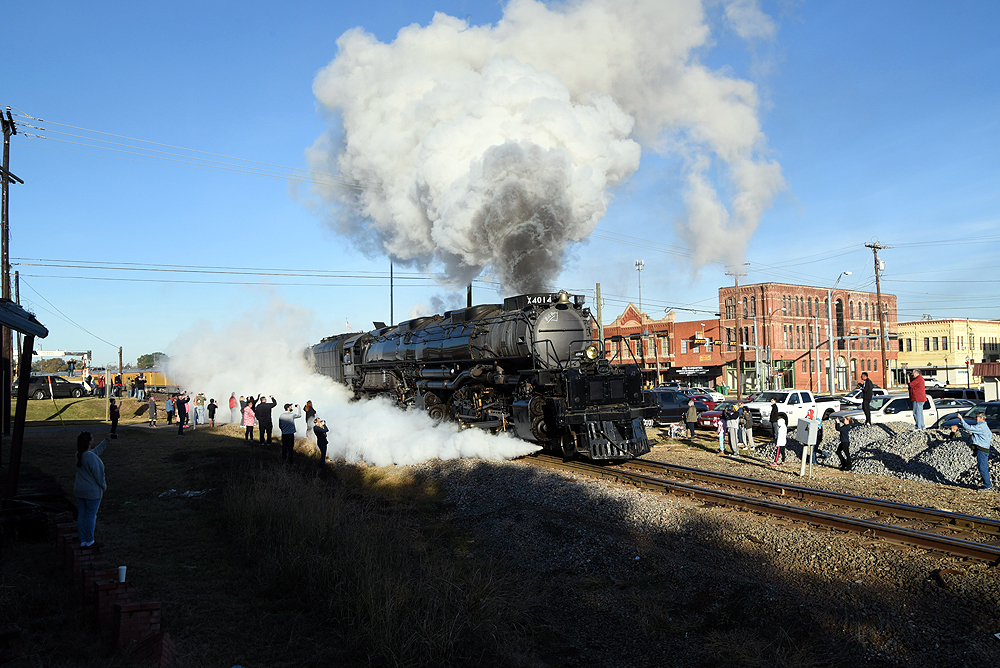
Before you head out to watch the world’s largest steam locomotive in August 2021, here are Big Boy etiquette tips you should know. Big Boy on the move Union Pacific Big Boy 4014 will set out eastward from its homebase in Cheyenne, Wyo., bound for New Orleans. This is the first time for the locomotive […]
Read More…
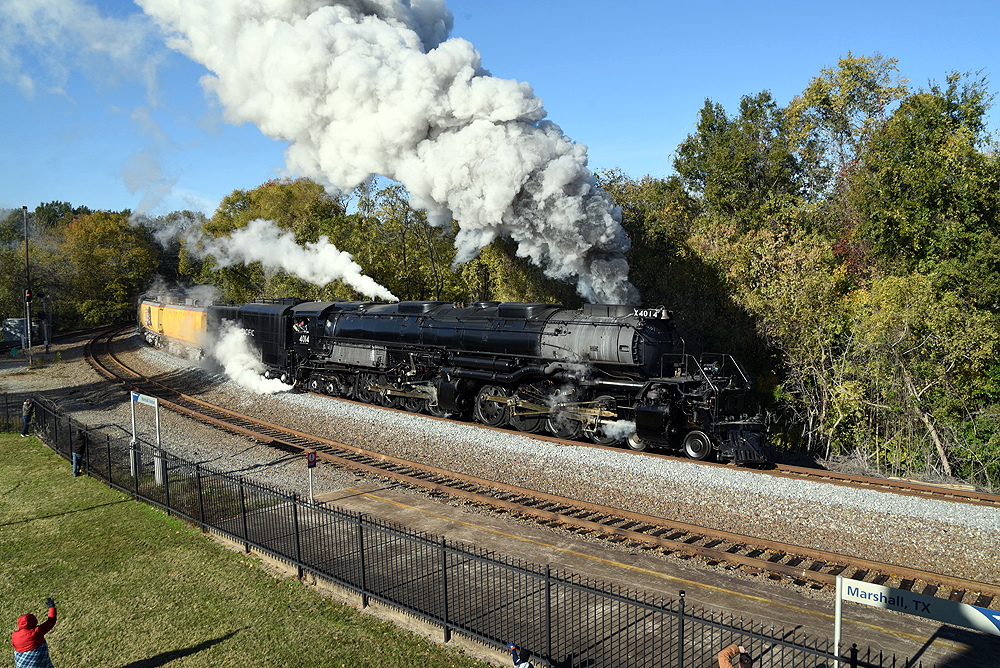
Union Pacific Big Boy basics Q: Why is a diesel with Big Boy 4014? A: The diesel serves many purposes. Its dynamic braking saves brake shoes. Its power provides a boost that saves on No. 4014 fuel stops. It’s a much-preferred power source in tunnels. And if Big Boy were disabled on the main line, the […]
Read More…
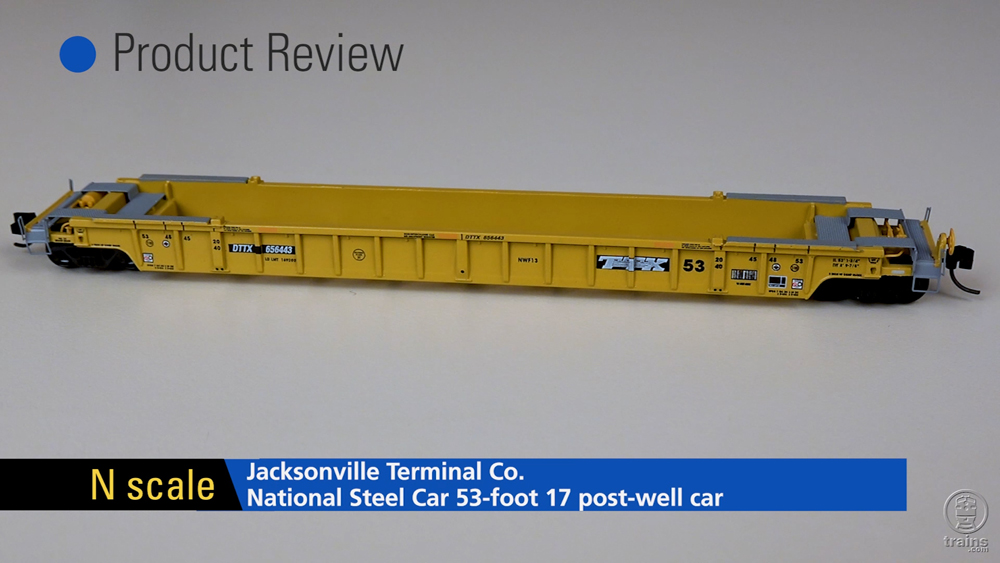
Follow along as Cody Grivno, Model Railroader group technical editor, takes a closer look at a Jacksonville Terminal Co. National Steel Car 53-foot 17 post-well car! […]
Read More…

Follow along as Cody Grivno, Model Railroader group technical editor, takes a closer look at a Jacksonville Terminal Co. National Steel Car 53-foot 17 post-well car! […]
Read More…
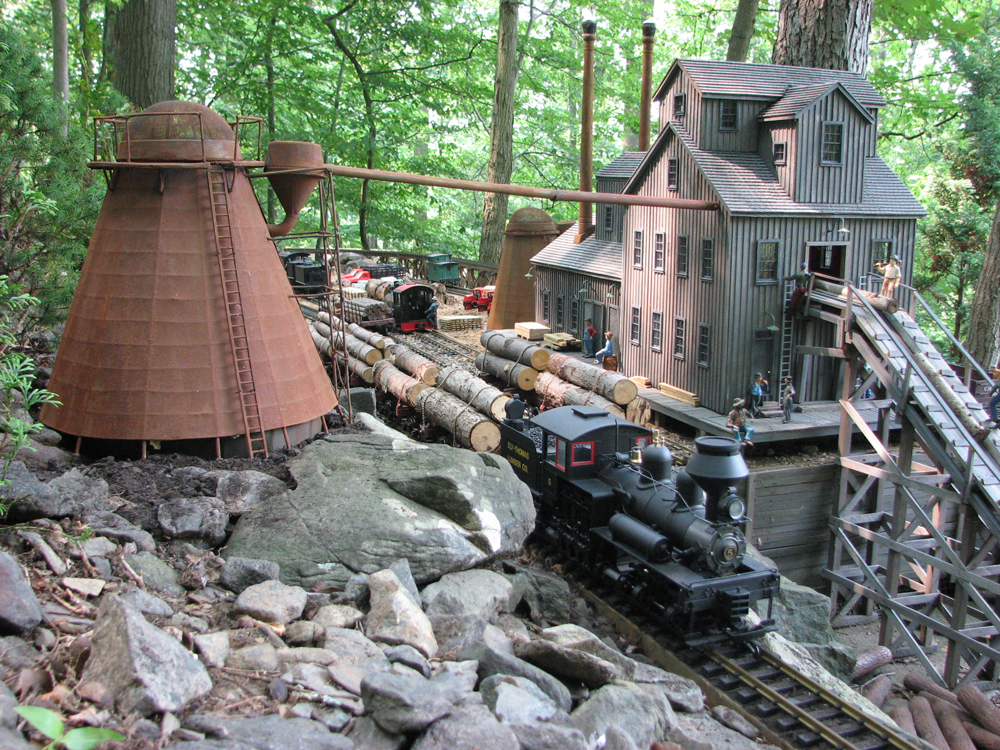
How did you get started in the hobby? I definitely remember my early years (age 5) with my first tinplate locomotive. My father built what is known locally as “Christmas Garden.” The outside loop was Lionel Standard gauge, while the inner figure eight was a wind-up O gauge passenger train. I am celebrating 75 years […]
Read More…
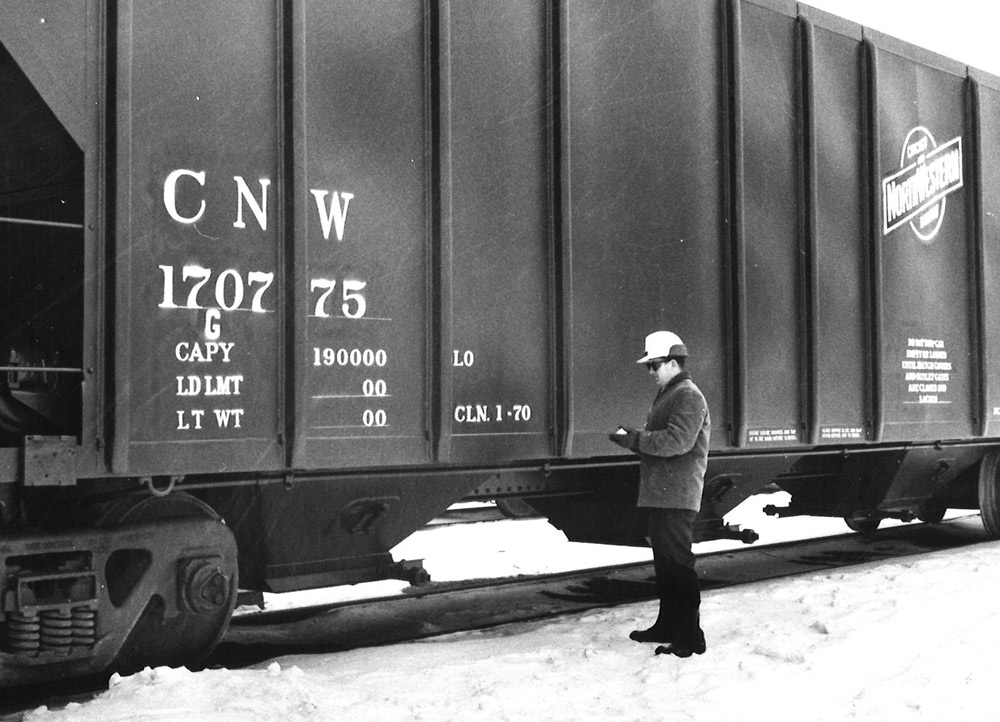
In 1981, I was Director, Freight Car Engineering, for Berwick Forge & Fabricating, a railcar manufacturer. The company decided to start producing grain covered hopper cars, which seemed to still have a significant market. I developed a prototype car that weighed more than desired, reducing the available load capacity. Although we stenciled the car with […]
Read More…

BELLINGHAM, Wash. — A Bellingham woman has pleaded guilty to a terrorism charge and violence against a railroad carrier as a result of a November 2020 incident involving BNSF Railway in the Bellingham area. The Associated Press reports Samantha Frances Brooks, 27, entered a guilty plea in July and a federal judge accepted the plea last […]
Read More…
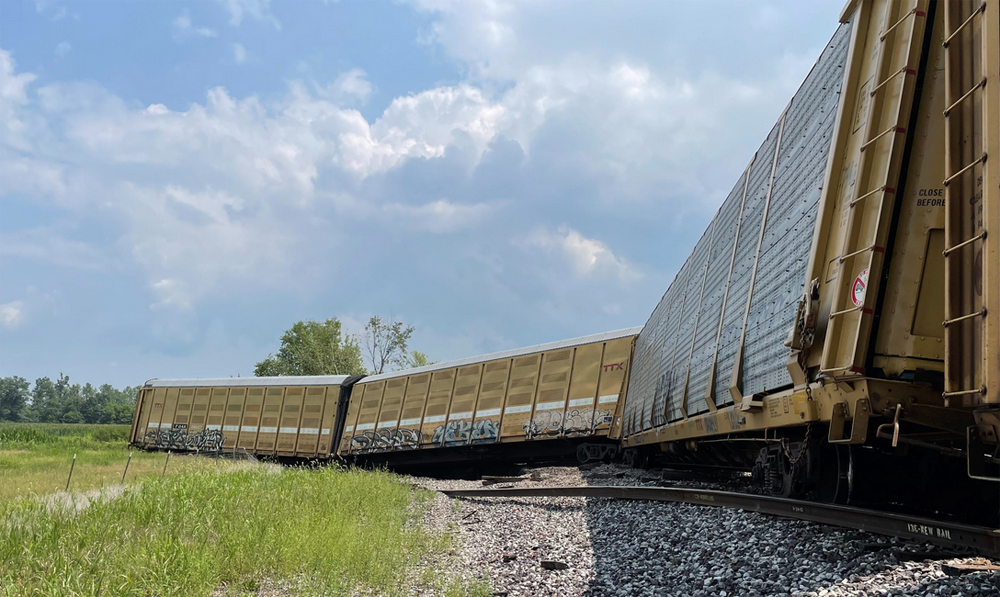
HUNTINGTON, Mo. — An estimated 33 cars of a Norfolk Southern train, many of them carrying new automobiles, derailed Monday afternoon in northern Ralls County, Mo. No injuries or hazardous material spills were reported. KHQA-TV reports the Missouri State Highway Patrol and other first responders were notified of the derailment about 12:15 p.m. The accident […]
Read More…
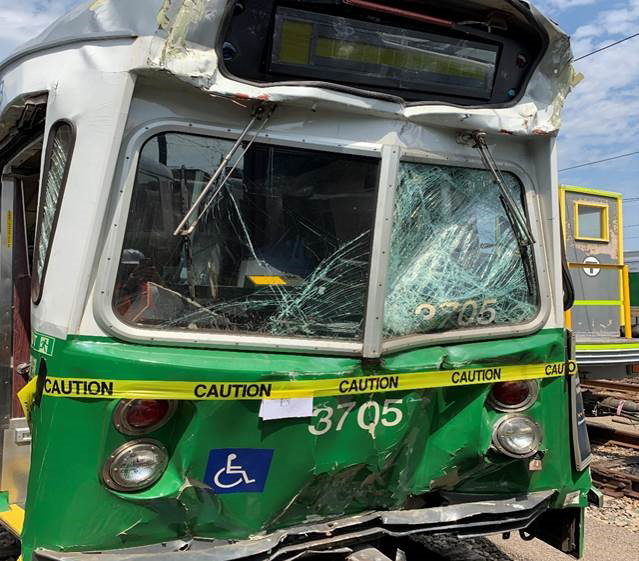
WASHINGTON — National Transportation Safety Board investigators have determined that one Massachusetts Bay Transportation Authority light rail train was traveling at 30 mph when it struck another train Friday in an accident that injured 25 people. In a press release, the NTSB said it had obtained information from the event recorder on the train that […]
Read More…
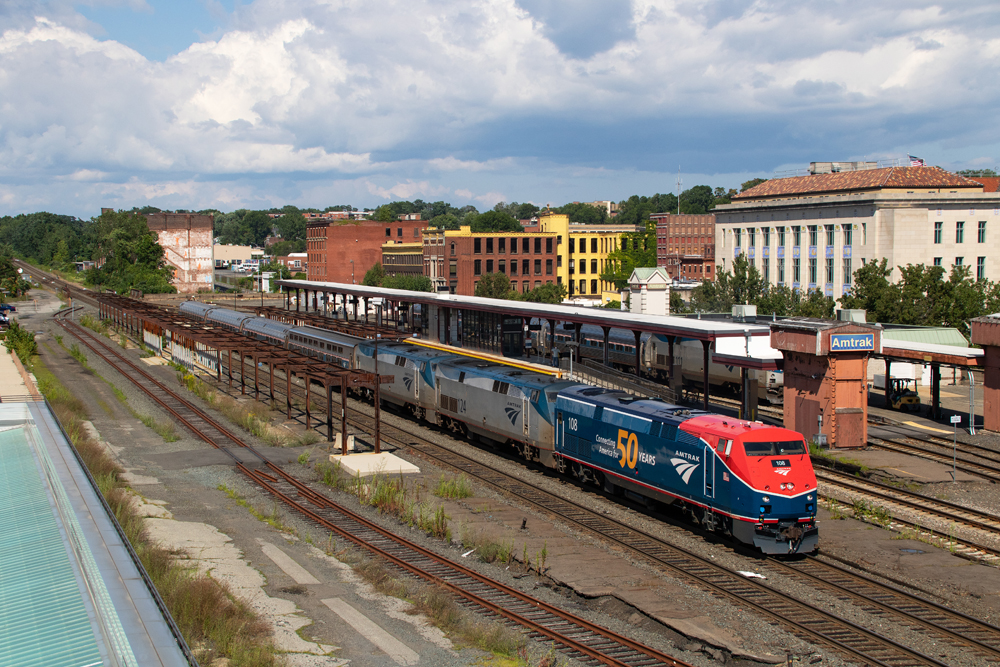
SPRINGFIELD, Mass. — Amtrak P42 No. 108 displays a 50th anniversary version of the interim “Phase VI” paint scheme as it leads the westbound Lake Shore Limited on Friday, July 30. The design is similar to one introduced on the first of the new Siemens ALC42 Charger locomotives [see “Amtrak shows off first long-distance Siemens […]
Read More…
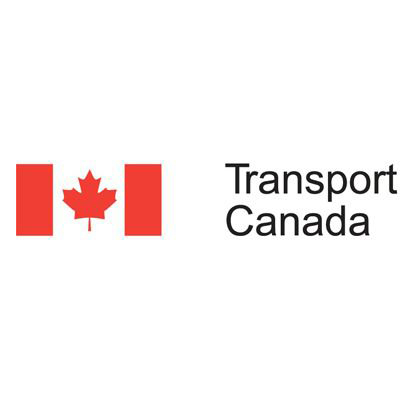
OTTAWA, Ontario — Transport Canada has approved new rules to address uncontrolled movement of railway equipment during switching. The approved rules, announced July 30, determine when air brakes must be used during switching, to ensure a consistent approach across the rail system; measure to secure stationary equipment during switching operations; and speed restrictions when switching […]
Read More…
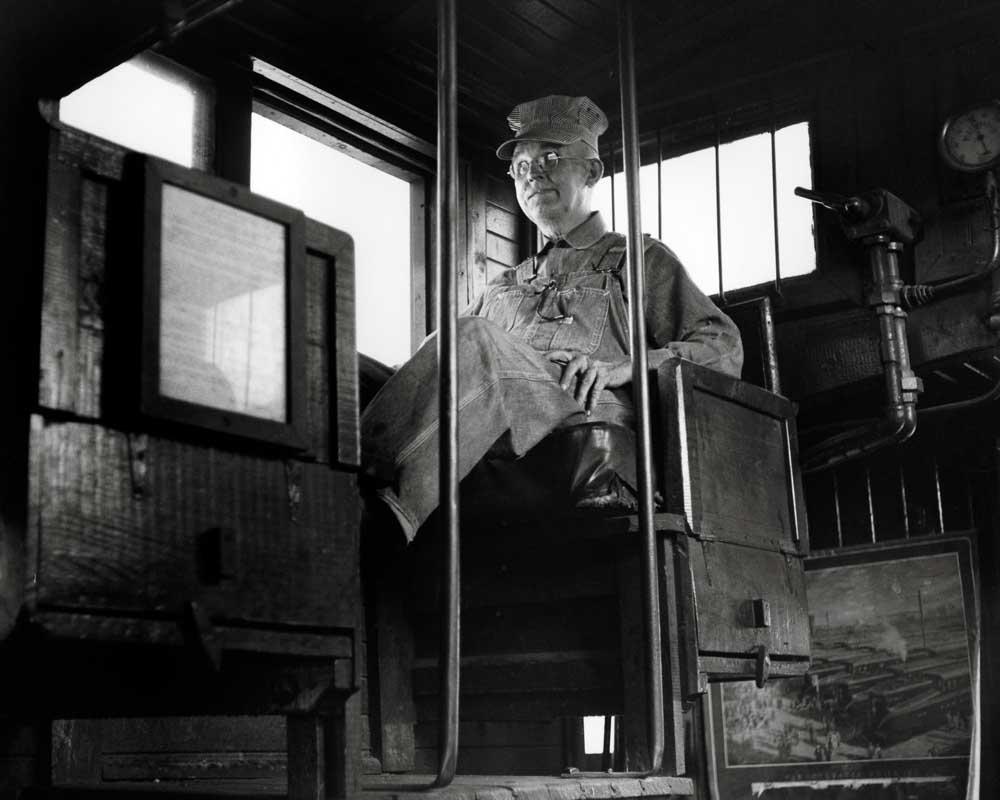
Railroad man Gainesville Midland Railroad conductor L. C. Birchfield is perched in a caboose cupola in the late 1950s. The railroad ran between Gainesville and Athens in northern Georgia and one time had a branch to Monroe. Seaboard Air Line purchased the road in June 1959. Philip R. Hastings photo […]
Read More…











